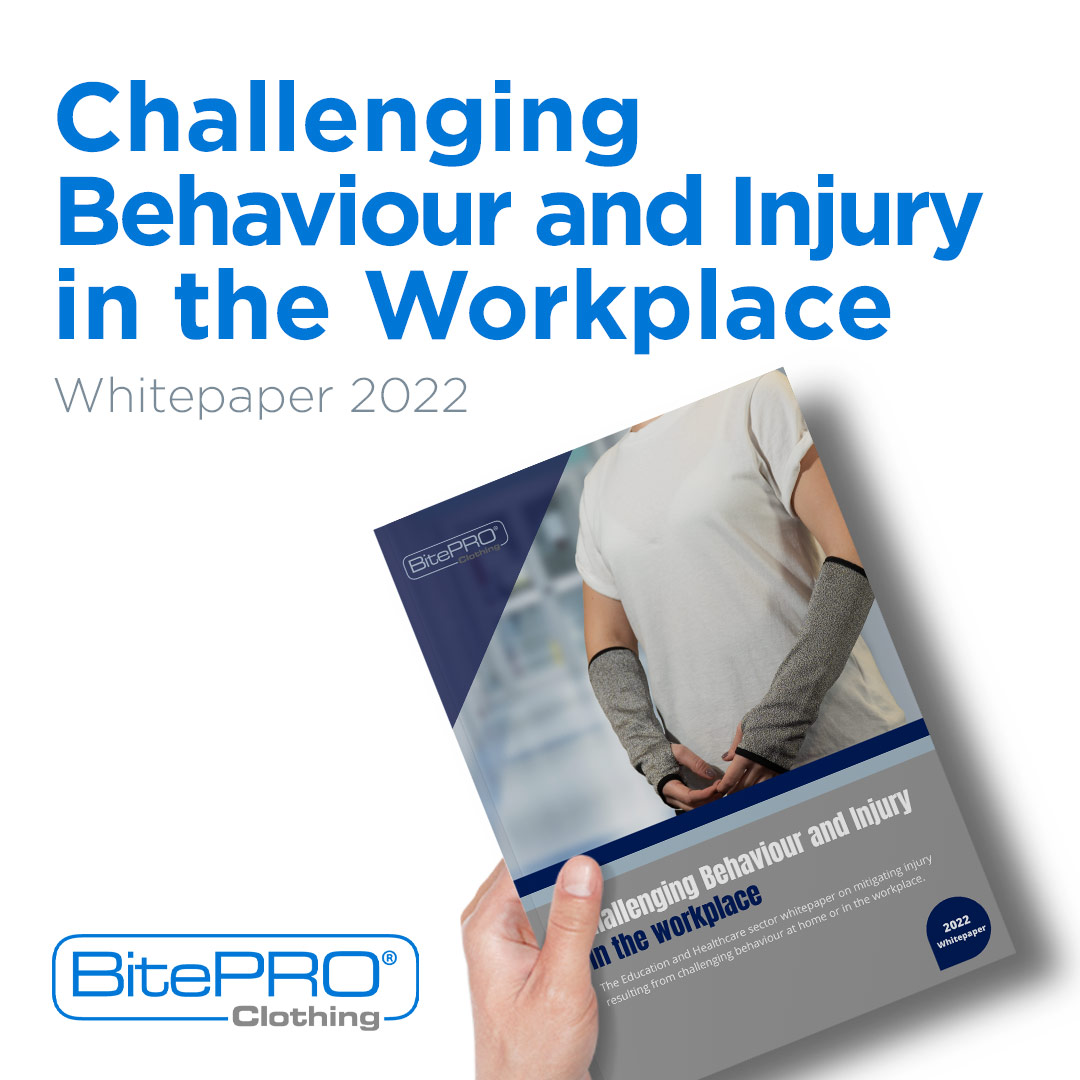When providing care to individuals exhibiting challenging behaviour, carers, teachers, and nurses are exposed to risk of injury, both physical and psychological. This risk is also faced massively by the individuals expressing this behaviour.
The use of restraint to mitigate risk and to defuse the situation is seen as a one-sided solution to this challenge in favour of the carer, especially in well-documented cases where poorly implemented restraint has led to deaths or lasting trauma.
It is essential that organisations and institutions invest in the education of their staff in best practice when it comes to crisis resolution and restraint, as well appropriate protective clothing.
We are not, and will never be, the experts in this complex topic, however, due to your outstanding support during our 2022 survey, we were able to compile a highly informative survey report, which will answer many of the questions you might have.
Who Can be More Prone to Exhibiting Challenging Behaviour?
People who may be more prone to exhibiting challenging behaviour tend to be affected by the following (this is in no way an exhaustive list):
- Mental developmental disorders or illnesses which result in emotional/sensory overwhelm or confusion.
- Pain from undiagnosed illnesses or injury (usually in the case of nonverbal individuals).
- Age, young children who have often had traumatic upbringings, with resultant arrested emotional development, or undiagnosed mental illnesses/learning disabilities.
Challenging behaviour can be because of a multitude of emotional, environmental, and physical causes. It is essential that, regardless of the ability status of the person exhibiting them, that the time is taken to identify what other factors could be involved.
Prior to resolution, we believe carers need to have the appropriate protective clothing, offering scratch, pinch and bite protection, so they can be kept safe. Please view our comprehensive product page.
There are also many training providers specialise in prevention, nonphysical resolution, and appropriately applied restraint which is measured against risk assessments while focused on protecting the individual being restrained from physical and psychological harm.
To feel confident in crisis prevention and non-physical crisis resolution, it is important that the person in a position of care is provided with adequate protective clothing. BitePRO® protective clothing offers guaranteed protection from bites, pinching, and scratching.
We believe that it is a moral duty to improve access to protective clothing to those in a position of care. This should be an essential part of supporting the physical and mental wellbeing of carers, nurses, teachers, and parents so that they can offer the highest standards of support.
BitePRO® clothing will allow you to care with confidence, reducing instances of restraint, and promoting a compassionate approach to care.




